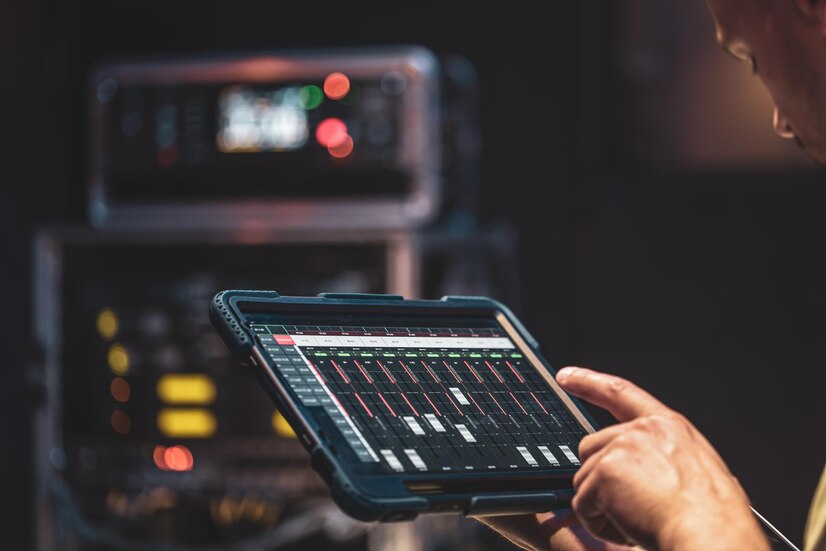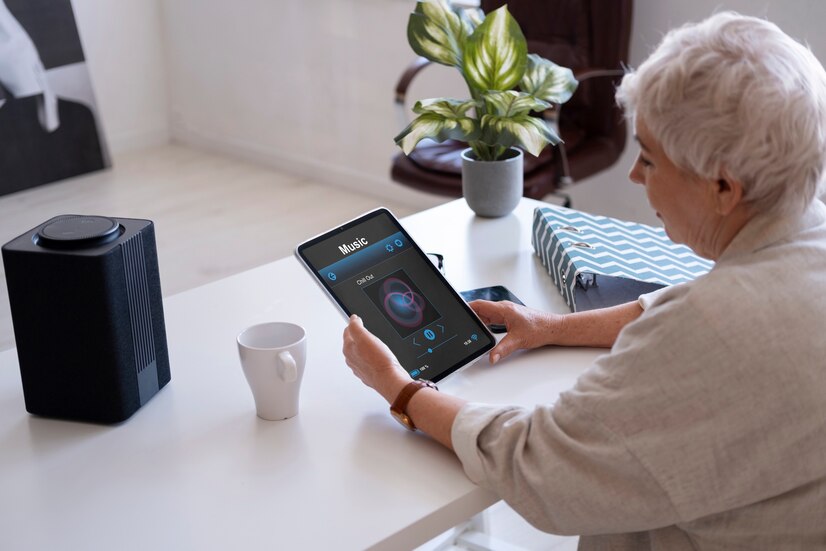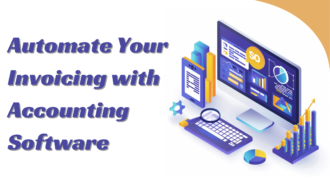4 top tools for monitoring IoT devices
- 1 Benefits of IoT monitoring
- 1.1 Enhanced operational effectiveness
- 1.2 Seamless scalability
- 1.3 Economical resource utilization
- 1.4 Proactive maintenance planning
- 2 Fundamental elements and structure of IoT monitoring system
- 2.1 Devices
- 2.2 Network
- 2.3 Databases
- 2.4 IoT monitoring software
- 2.5 Data visualization
- 2.6 Alerts and updates
- 3 Navigating hurdles in IoT device monitoring
- 4 Best IoT monitoring tools
The monitoring of IoT devices stands out as a crucial innovation in recent times, marking a significant stride in technological advancements over the past decade. Although the concept isn’t entirely novel, with the initial instance of remotely monitored coffee pots, the scope, and impact of IoT device monitoring and control have experienced a remarkable surge in the modern era.
In the midst of the swift proliferation of the Internet of Things (IoT), where innumerable devices establish connections with networks, the imperative to vigilantly oversee the functionality and safeguard the security of these IoT devices has become increasingly paramount.
However, overseeing IoT devices extends beyond merely gauging the status of individual devices. It delves into the intricate dynamics of how these devices engage with each other and integrate into the broader network. Picture a scenario where a monitoring system for devices becomes a sentinel, notifying you if a device is excessively consuming bandwidth, experiencing irregular communication gaps with the network, or displaying signs indicative of a security breach.
In this article, we will delve into how to establish monitoring infrastructure and explore some examples of the best IoT monitoring software.
Benefits of IoT monitoring
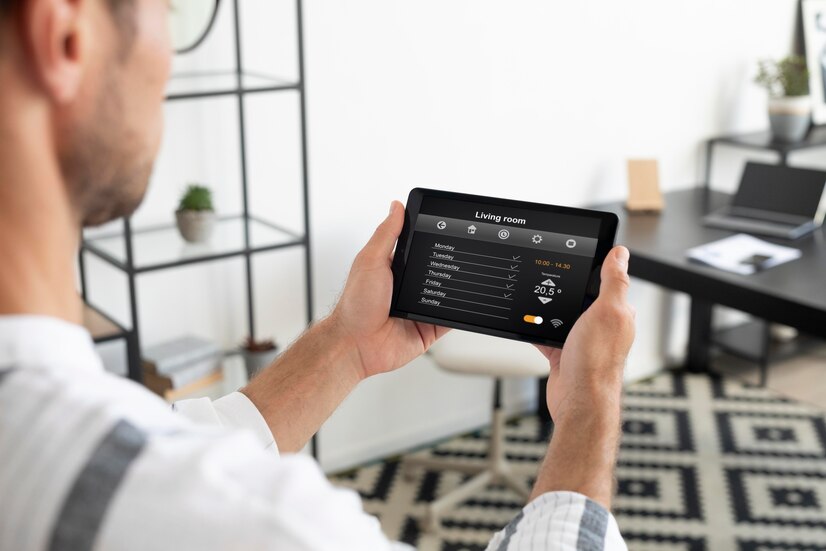
Enhanced operational effectiveness
Carefully observing the performance of IoT devices empowers organizations to identify bottlenecks, optimize resource distribution, and enhance the overall efficiency of their networks. Proactively addressing performance issues ensures a smooth user experience and maximizes operational capabilities.
Seamless scalability
As IoT networks expand, managing a growing number of devices becomes a significant challenge. IoT device monitoring provides centralized control and visibility, enabling organizations to scale their IoT deployments without compromising on network performance or security.
Economical resource utilization
Through diligent monitoring of IoT devices, organizations can extract insights into usage patterns, power consumption, and various performance metrics. Armed with this information, they can optimize resource allocation, reduce energy costs, and extend the operational lifespan of devices.
Proactive maintenance planning
IoT device monitoring enables predictive maintenance by analyzing device data and identifying patterns indicative of potential failures or maintenance needs. This strategic approach allows organizations to schedule maintenance activities in advance, minimizing downtime and optimizing resource utilization.
Fundamental elements and structure of IoT monitoring system
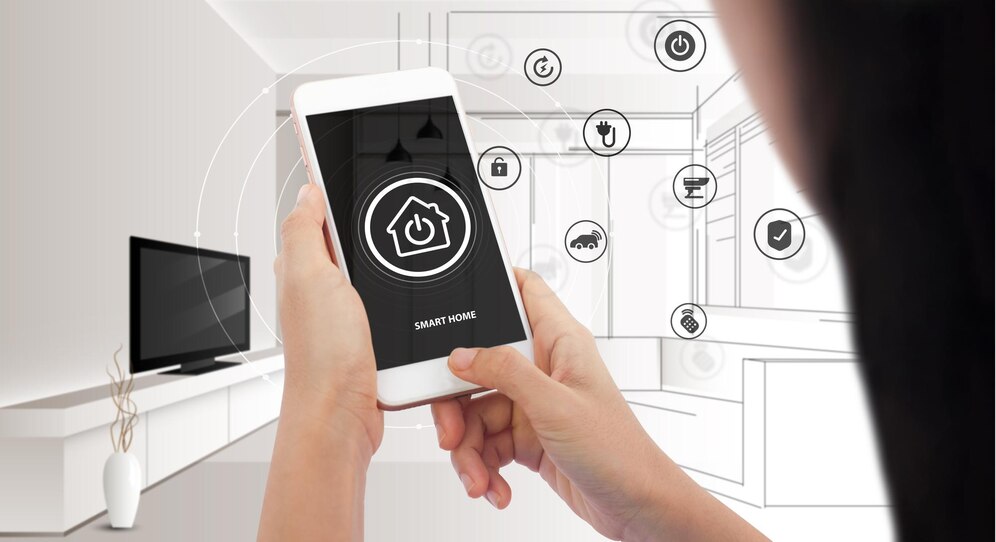
The architecture of IoT monitoring systems aligns with the broader framework of any typical IoT structure. This implies incorporating device, connectivity, and cloud layers, with variations based on the system’s complexity. A robust IoT monitoring platform encompasses the following components, ensuring seamless operations:
Devices
Constituting sensors, actuators, and related components, and devices form the crux of the monitoring system. As enterprises deploy potentially thousands or even millions of devices in the field simultaneously, the significance of a sophisticated device monitoring platform escalates with the complexity of the network.
Network
Devices can be connected or directly linked to the server through Wi-Fi or GSM. This connectivity feature allows the monitoring platform to oversee devices remotely, mitigating the necessity for physical intervention.
Databases
Serving as the platform layer in the cloud, the backend processes and stores data collected by devices. It acts as the virtual ‘brains’ orchestrating the interpretation of myriad data points gathered by the devices.
IoT monitoring software
A comprehensive IoT monitoring platform is equipped with a dashboard or a user-friendly interface. This interface facilitates easy access to device status and the amassed data, streamlining user interaction with the system.
Data visualization
Mere access to data is insufficient; raw data lacks utility for the average user. To derive meaning from the data, analytics, and visualization capabilities are imperative. These features transform raw data into understandable insights.
Alerts and updates
Device monitoring reaches its zenith when issues are promptly identified and resolved through updates. A proficient IoT platform integrates an Over-The-Air (OTA) updates framework, coupled with robust alerting capabilities, ensuring timely notifications and remedial actions.
Navigating hurdles in IoT device monitoring
The quintessential feature of an IoT device lies in its possession of a CPU and its connectivity to the vast realm of the Internet. Whether these devices find themselves tethered to a private network or directly linked to the Internet, they are susceptible to access. The manual scrutiny of each piece of equipment for firmware upgrades becomes unnecessary, as manufacturers automate this process through Internet channels.
The realm of Internet-connected gadgets unfolds a plethora of challenges. Any technological entity that permits remote modifications by its owner or manufacturer essentially opens its doors to potential hacking exploits. Often, manufacturers establish a system admin username and password by default during the firmware installation, and this standardized credential applies universally across all systems produced by that manufacturer.
Prioritizing security emerges as a paramount concern for operators of IoT devices, and the initial stride involves resetting the password for each device’s administrator account. Yet, relying on a singular shared password across multiple devices introduces a security vulnerability — if a hacker manages to decipher that one password, the entire network of devices becomes exposed. Managing the security of numerous IoT devices, each necessitating a unique password, presents a colossal undertaking. Once more, the resolution to this challenge lies in the realm of IoT monitoring tools. IoT device monitoring and management solutions assume the role of sentinels, diligently tracking the security and well-being of these technological entities.
Best IoT monitoring tools
AWS IoT Core
Beyond its data-centric capabilities, AWS IoT Core incorporates a robust functionality designed to monitor the well-being of gadgets, offering the convenience of remote reboots and factory resets. In essence, this platform is not confined to a mere data repository; it functions as a dynamic ecosystem supporting predictive quality monitoring. The depth of its capabilities encompasses a thorough device registry, ensuring a holistic record of connected devices.
Additionally, AWS IoT Core facilitates precise device tracking, providing a nuanced understanding of each device’s location and activity within the network. In the expansive landscape of IoT solutions, Amazon’s AWS IoT Core emerges as a multifaceted tool, seamlessly amalgamating data management, health monitoring, and predictive analysis for an enhanced and streamlined operation.
Datadog IoT Monitoring
Datadog, a cloud-based infrastructure monitoring solution, employs specialized algorithms for effective surveillance of IoT devices. While its processors and dashboards reside on Datadog servers, the key functionality involves deploying agent software on each IoT device. This monitoring agent facilitates two-way communication with Datadog servers, collecting vital statistics and enforcing robust security measures such as unique, hack-proof admin passwords across device fleets.
Communication channels are encrypted for enhanced security. In cases where not all IoT device firmware supports the agent, Datadog seamlessly gathers data through firmware APIs. The service monitors over 100 statuses concurrently, utilizing performance alert thresholds. Beyond performance, Datadog prioritizes configuration hardening, protection, and comprehensive security monitoring.
MetricFire
MetricFire is a comprehensive application and infrastructure monitoring platform that seamlessly integrates various open-source server monitoring tools. The platform enhances the monitoring experience with visually appealing Grafana dashboards that provide in-depth analytics. MetricFire ensures accessibility to historical data through long-term storage, while expert technical assistance is readily available to enhance user support.
Critical event alerts are seamlessly delivered through various channels such as email, VictorOps, PagerDuty, Webhooks, and more. MetricFire’s automation capabilities empower users to modify and automate processes using built-in APIs. Additionally, the platform promotes collaborative work by enabling teams to share insights while implementing access restrictions for heightened security.
2Smart IoT Monitoring
The platform expands beyond Grafana, incorporating the Prometheus monitoring system to capture essential metrics stored in a database. Prometheus adeptly tracks server state, Docker containers, system load, and more, with Grafana presenting this data in a user-friendly format. The 2Smart IoT monitoring system goes a step further by including a robust alerting system, ensuring a swift response to failures and seamlessly integrating with Slack, Telegram messengers, and an SMTP client for timely email notifications.
Taking a leap beyond conventional IoT monitoring, the system integrates custom business metrics monitoring. Grafana once again takes center stage, visualizing these metrics by drawing necessary data from diverse product databases. This comprehensive approach underscores the versatility and effectiveness of the 2Smart IoT Monitoring system in addressing both technical metrics and specific business dynamics within a diverse product ecosystem.

